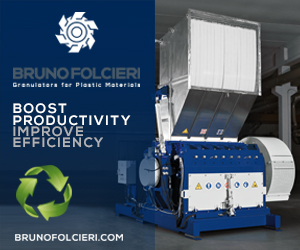
The company also aims to make 100% of its packaging recyclable or compostable by 2025. | Robert D Brozek/Shutterstock
Keurig Dr Pepper used 11% less virgin plastic in 2022 and achieved 18% recycled content in plastic beverage bottles, the company announced in its 2022 corporate responsibility report.
That’s compared to a 6% reduction in virgin plastic use in 2021 and an 11% recycled content level in bottles in 2021.
The beverage giant’s 2022 corporate responsibility report also noted that the company recognizes that “policy and legislation are critical in supporting the infrastructure needed to build a circular economy.”
“We look forward to supporting the implementation of important legislation passed this past year, including laws establishing extended producer responsibility programs to strengthen collection and recycling infrastructure, as well as newly created federal funding and incentives to help the U.S. transition to a more renewable energy economy,” the report stated.
It continued by noting, “A patchwork of regulations, inadequate investment and lack of minimum performance standards is preventing economies of scale in our recycling systems and confusing consumers.”
2025 goals within reach
The improvements in 2022 move the company closer to its 2025 goals. By that year, it aims to have 100% of its packaging be recyclable or compostable. In 2022, 90% of its packaging qualified, the same as in 2020 and a slight decrease from 2021’s rate of 92%.
Keurig Dr Pepper attributed that drop to a change in the overall packaging mix, because there were fewer refillable glass purchases in 2022 due to successful returns by consumers and a surplus of inventory from the year prior, the report noted.
In 2022, that packaging mix was 34% paper and cardboard, 26% PET bottles, 14% aluminum and steel, 10% non-refillable glass bottles, 9% PP, 5% other and 3% flex packaging.
“We remain committed to our glidepath to attain our 2025 goal with a continued focus on addressing the remaining PET bottles in our portfolio with labels that could negatively impact the recycling stream,” the report stated.
A multifaceted approach
Other goals are to reduce virgin plastic usage by 20% from a 2019 baseline by 2025, to use 25% post-consumer content in plastic packaging and 30% post-consumer content across its packaging portfolio.
In 2022, the overall amount of post-consumer content across its packaging portfolio was 24%, the same as in 2021 and two percentage points higher than in 2020.
“Sustainable packaging is a top priority for KDP and we continue to invest, innovate and collaborate to deliver meaningful impact,” the report noted.
The company is looking to reach those goals by using more PCR, eliminating unnecessary materials, redesigning packaging and exploring reuse and refill models.
In 2022, for example, it converted all of its Core Hydration and 16-ounce Snapple products to 100% PCR bottles, using more than 43,000 metric tons of recycled PET overall. It also lightweighted its PP K-Cup pods.
At its Tehuacan, Mexico plant, the company uses post-industrial scrap on site, the only plant in its network with that capability.



